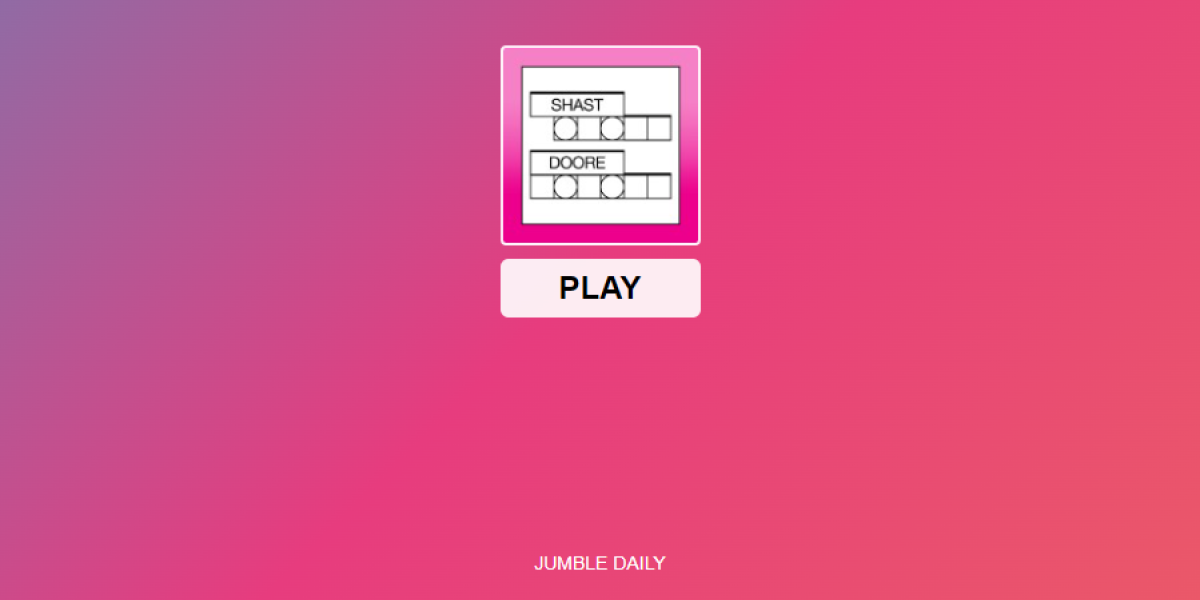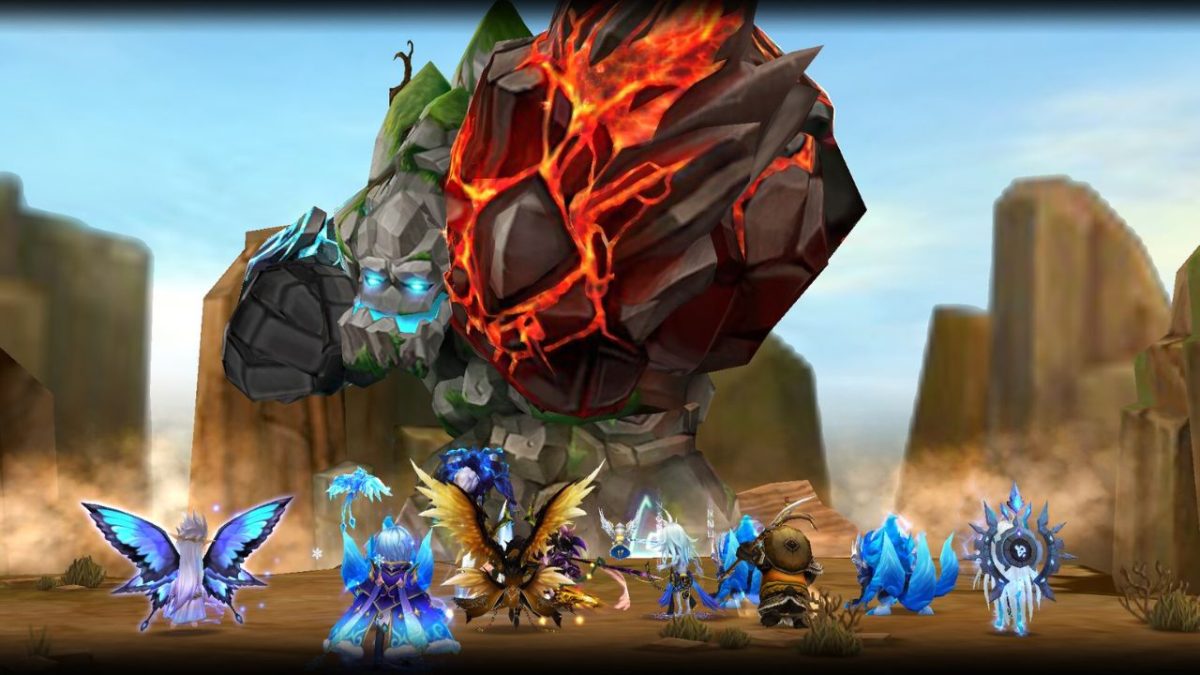The game diversity of the competitive Super Smash Bros.community has always been an interesting case study. Each game is very different from one another, often appealing to contrasting crowds and personalities. But Project M is something strange and diverse in its own right, and due to its outlaw nature, has been pushed to the very edge of the greater scene. Project M was created due to the community’s dissatisfaction with the third entry in the series, Super Smash Bros. Brawl. A mod of the Wii game, the first demo was released to the public in February of 2011. Over the years, the game saw many updates that changed gameplay, introduced new characters and retooled old ones. Ultimately, the game saw its last update with version 3.6, the developers announcing December of2015 that they would abruptly cease development. While it was speculated that this was the result of a legal threat fromNintendo, the team publicly stated that they decided to pursue an original product rather than continue to work on a modification.Despite the end of updates from the original team, the community has lived on and continues to host events. But they’ve been met with numerous roadblocks along the way, making them the outlaws of competitive Smash Bros. Although they have never pursued legal action, Nintendo has always been firmly against the mod. Any mention of Project M on Nintendo’s “social network” Miiverse can result in a ban from the platform. The policy is so outrageous that even simply writing “PM,”the mod’s common abbreviation, can bring forth the banhammer. More damaging to the scene, the publisher has actively pursued removing Project M from as many events as they can.Starting in 2014, Nintendo began sponsoring various community events, such as Apex 2015 and Genesis 3. While no official word has been put out on the topic, it’s well known that these sponsored events can have no formal involvement with the mod. This has even gone as far as preventing commentators at the events from mentioning Project M at all. VGBootCamp, one of the most popularSmash Bros. event streamers and was once upon a time one of the biggest supporters of Project M, went as far as removing all of the content related to the mod from their channel. Fighting against these roadblocks, the Project M community remained defiant in the face of authority. While they couldn’t be part of the biggest events in any official capacity, they hide in the corners and participated through unofficial, and sometimes even unauthorized, tournaments.This means never being able to be supported through an event’s main streams, never benefiting from event provided pot bonuses and sometimes even being forced to host tournament at avenue outside of the main event. Whether that means competing in someone’s hotel room or in the venue’s parking lot,Project M players find a way. Despite their perseverance,things only seem to get worse for the community. Another case ofNintendo pulling strings in the background, it appears as though they’ve even been able to push Project M off of Twitch.tv,the most popular esports streaming platform. This started with the removal of Project M as an official game on the platform, no longer are streamers able to even communicate that they’re playing the mod. While this might seem insignificant, it prohibits growth within the community and stops new players from discovering the mod. Twitch’s destructive policies don’t stop there, however. Various streamers and prominent community members have alluded to the fact that streaming or supporting Project M can lead to having one’s Twitch partnership revoked or not receiving one in the future. This can drastically reduce the streamer’s earnings and essentially bully them into avoiding contact with the game. This means thatTwitch has effectively become a dead zone for Project M, cutting the community off from one of the best ways to grow support for the rising esports scene. But, once again, the Project M scene is resilient and fights on. The players have found a new home with Hitbox TV, one of Twitch’s main competitors. In some occasions, such as Paragon LA, the Project M stream has had to be moved from a Twitch stream to a Hitbox stream mid-tournament or just before starting, sabotaging the potential viewer count. In terms of Paragon, the change was allegedly brought on by the tournament organizers requesting that the Project M hosts distance themselves from the main event, likely due to interference fromTwitch or Nintendo themselves. As time has gone on, Hitbox has even begun to host their own tournaments for the game, such as the upcoming Hitbox Olympus tournament. The streaming platform’s involvement has come as a blessing for both parties, allowing for a struggling Hitbox to grow their market share and for Project M players to find a last refuge. This leads to the possible solution for the Project M community’s struggles: if they aren’t allowed to be part of the regular events and official tournaments, what can they do? The answer is rather simple: they simply host and promote their own. The Project M ChampionshipCircuit is an initiative launched by PMTV, a group of Project M community members who hope to build the central hub for Project content. They primarily produce content on Hitbox, as well as on their own website, the appropriately-named “Project M Underground.” The circuit began in March 2016 with an event at McMaster University in Hamilton, Ontario. With one of the largest Smash Bros’ communities in Canada, this was an excellent choice of location to launch the circuit. Frozen Phoenix,as the event was known (named for the bird featured onMcMaster’s crest as well as for its northern location),offered $1000 in pot bonuses and a double and singles Project M tournaments. The event set the pace for the year, with more than 10additional tournaments to follow. While the circuit’s events were often centered around Project M, they also saw aid from the general Smash Bros community. Community hosted Melee events, free from the influence of Nintendo, such as Splash and Smash 2016 andLow Tier City 4 offered up a chance for Project M to be featured alongside its brothers. The circuit will ultimately conclude with an invitational championship, the previously mentioned Hitbox event which will require points earned from the preceding events to be able to attend. Despite the troubles that the scene has faced, Project M is currently in one of the best places it has ever been. Although the game has ceased development, this has allowed players to develop a consistent meta and determine what the optimal way to play is. The stableness of v3.6 has delivered an explosion of players and thus a resurgence of tournaments through the Championship Circuit. The success and survival of Project M shows the resilience of its community and beckons back to the grassroots origins of esports. Large spectacles, venues and coverage are a luxury, but all a game really needs is a dedicated community and people willing to host tournaments. Here’s hoping that theProject M community continues to overcome all obstacles. It’s a game made by the community for the community, and is kept alive by those who found a passion for it. What do you think about the trials and tribulations of the Project M community? Let us know in the comments below or tweet us @GAMURScom. Patrick Cowley can be contacted on Twitter, @PtrckCowley.

Category:
Project M: The Outlaws of Competitive Smash Bros.
The game diversity of the competitive Super Smash Bros. community has always been an interesting case study. But Project M is something strange and diverse in its own right but has been pushed to the very edge of the greater scene.





Published: Aug 24, 2016 04:22 pm